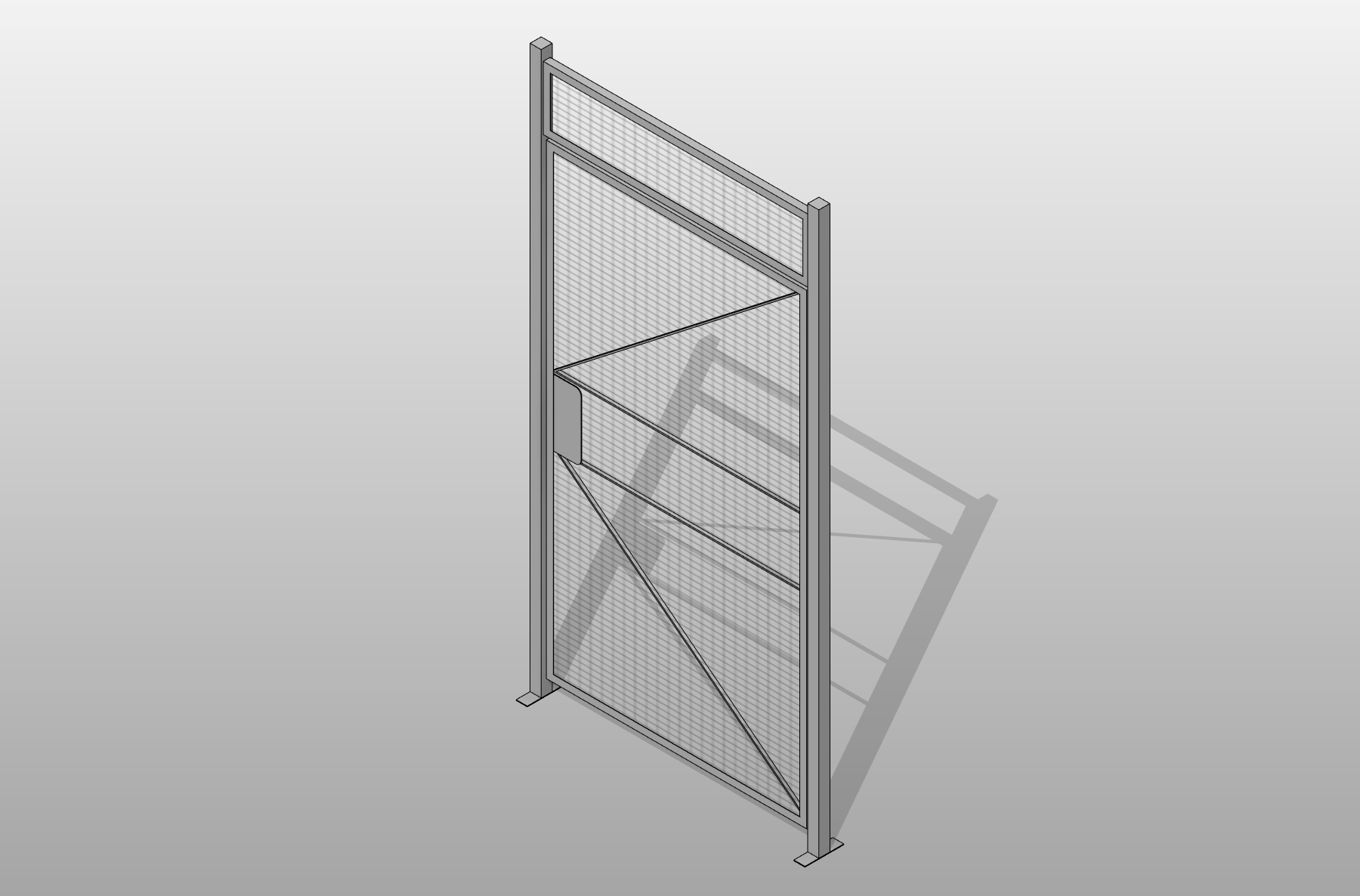

The standard 0-series ATmega Wire library uses 128-byte send and receive buffers, and the 0-series and 1-series ATtiny Wire libraries use 32-byte or 16-byte buffers, which on the smaller chips is a significant part of the available RAM. These routines don't use buffers, reducing their RAM requirements to a couple of bytes. These routines differ from the Arduino Wire library routines in the following ways: Low memory requirements Also, I wanted to emphasise that these routines don't follow the Arduino Wire library naming conventions.

I've named these routines TinyMegaI2C to distinguish them from my earlier library and from the existing Arduino Wire libraries, such as the one included in Spence Konde's megaTin圜ore. Fortunately one library can support all these devices because they have consistent peripherals, and the code is much simpler than my earlier TinyI2C library because the new chips include a TWI peripheral supporting the full I2C protocol. I recently needed a similar low-memory set of routines for the newer ATtiny 0-series and 1-series processors, and the 0-series ATmega chips such as the ATmega4809 as used in the latest Arduino boards, and so developed these routines. Some time ago I wrote a set of minimal I2C routines for the older ATtiny processors, such as the ATtiny85. Note that these routines are designed for the latest ATtiny 0-series and 1-series processors, and the 0-series ATmega chips if you want minimal I2C routines for the earlier ATtiny processors, such as the ATtiny85, see my earlier article Minimal Tiny I2C Routines. The main difference between these routines and the standard Arduino Tiny Wire library is that these don't use buffers, so have minimal memory requirements, and don't impose a limit on transmissions. As an example of their use I've designed a digital clock circuit based on a 0-series ATtiny402 connected to an I2C RTC module and driving an I2C 7-segment display:Ī simple I2C clock based on a 0-series ATtiny402 using these TinyMegaI2C routines. This article describes a set of minimal I2C routines for the new 0-series and 1-series ATtiny and ATmega microcontrollers. They allow any of these processors to act as an I2C Master and connect to I2C peripherals. Minimal I2C for the New AVR Microcontrollers


 0 kommentar(er)
0 kommentar(er)
